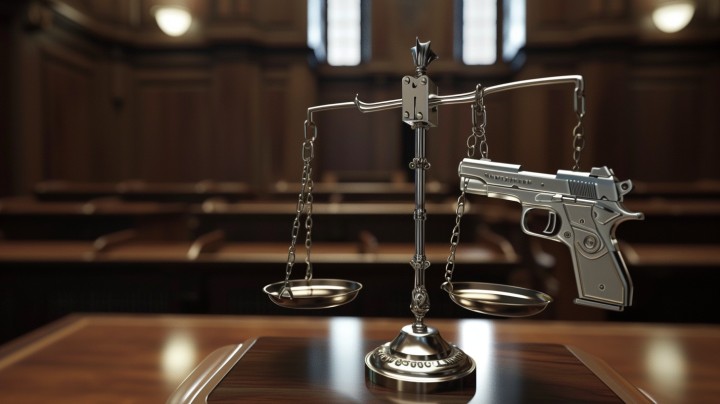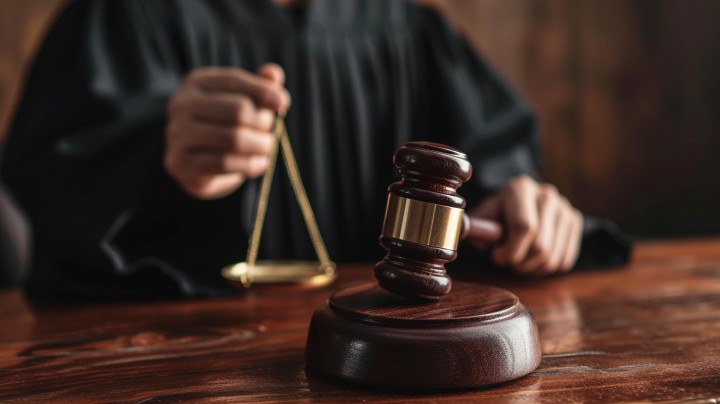Introduction
When you or a loved one faces arrest, navigating the bail process can be daunting. Easy Out Bonds provides a solution to help secure release from jail quickly and efficiently. This guide offers a comprehensive look at bail bonds, their benefits, and how to choose the right bondsman.
What Are Bail Bonds?
Definition: A bail bond is a financial guarantee that a defendant will appear in court. It is provided by a bail bondsman in exchange for a fee.
Purpose: Bail bonds ensure the defendant’s release from jail while awaiting trial, allowing them to continue daily activities and prepare their defense.
Legal Framework: Bail bonds are governed by state laws and regulations, which vary by jurisdiction.
Types of Bail Bonds
Cash Bonds
Definition: A cash bond involves paying the full bail amount in cash.
Process: The defendant or a representative pays the bail amount directly to the court. If the defendant appears for all court dates, the money is refunded.
Pros and Cons: Cash bonds are straightforward but require significant upfront funds.
Surety Bonds
Definition: A surety bond is a contract among the defendant, the bail bondsman, and a surety company.
Process: The bondsman pays the bail on behalf of the defendant for a non-refundable fee, typically 10-15% of the bail amount.
Pros and Cons: Surety bonds are more affordable upfront but come with additional costs.
Property Bonds
Definition: Property bonds use real estate as collateral for the bail amount.
Process: The court places a lien on the property until the case is resolved. If the defendant fails to appear, the property can be seized.
Pros and Cons: Property bonds leverage real estate but can be complicated and time-consuming.
Personal Recognizance Bonds
Definition: A personal recognizance (PR) bond allows the defendant to be released without paying bail, based on their promise to appear in court.
Eligibility: PR bonds are typically granted to low-risk defendants with strong community ties.
Process: The defendant signs an agreement to appear in court as required.
The Bail Bonds Process
Arrest
Procedures: When someone is arrested, they are taken into custody by law enforcement.
Rights: The arrested individual has rights, including the right to remain silent and the right to an attorney.
Initial Steps: After arrest, the individual is usually taken to a local jail for booking.
Booking
Processing: Booking involves recording the individual’s personal information, photographing, and fingerprinting.
Documentation: Personal belongings are cataloged and stored.
Holding Cell: The individual is placed in a holding cell until their bail hearing or release.
Bail Hearing
Judge’s Role: A judge reviews the case and determines the bail amount based on various factors.
Determining Bail Amount: Factors include the severity of the crime, criminal history, and flight risk.
Conditions: The judge may set conditions for release, such as travel restrictions or no-contact orders.
Posting Bail
Payment Options: Bail can be posted by paying the full amount in cash, through a bail bondsman, or with property.
Bail Bondsman Role: A bail bondsman provides the bond in exchange for a fee, usually 10-15% of the bail amount, and may require collateral.
Release: Once bail is posted, the defendant is released from custody, usually within a few hours.
Benefits of Using Easy Out Bonds
Quick Release
Speed of Process: Easy Out Bonds facilitates rapid release from jail, minimizing time spent in custody.
24/7 Availability: Many bail bonds services operate around the clock, providing immediate assistance regardless of the time.
Efficiency: Professional bondsmen handle the paperwork and logistics, ensuring a smooth and efficient process.
Professional Assistance
Expertise: Bondsmen are knowledgeable about the legal system and bail process, providing valuable guidance.
Guidance: They offer advice on navigating legal challenges and meeting court requirements.
Legal Knowledge: Experienced bondsmen understand the nuances of bail laws and can help avoid common pitfalls.
Financial Flexibility
Payment Plans: Many bail bonds services offer flexible payment plans to make the fee more manageable.
Lower Costs: Using a bail bondsman typically costs less upfront than paying the full bail amount in cash.
Financial Assistance: Some services may offer financial assistance or lower fees for those in need.
Choosing a Reputable Bail Bonds Service
Research Tips
Online Reviews: Check online reviews and ratings to gauge the reliability and reputation of the bondsman.
Recommendations: Ask for recommendations from friends, family, or legal professionals.
Verification of License: Ensure the bondsman is licensed and in good standing with the state regulatory body.
Important Questions
Experience: Ask about the bondsman’s experience and success rate in handling bail bonds.
Services Offered: Inquire about the range of services provided, including payment plans and 24/7 availability.
Payment Plans: Check if the bondsman offers flexible payment plans to make the process more affordable.
Red Flags
Unlicensed Bondsmen: Avoid working with unlicensed agents as they operate illegally.
High Fees: Be wary of bondsmen who charge excessively high fees or hidden charges.
Poor Reviews: Consistently poor reviews or complaints can indicate unreliability or unethical practices.
Legal Rights and Responsibilities of the Defendant
Understanding Bail Conditions
Travel Restrictions: Defendants may be required to stay within a certain geographic area.
No-Contact Orders: Defendants may be prohibited from contacting certain individuals.
Regular Check-ins: Regular check-ins with a bail officer or court may be required.
Court Appearances
Importance: Attending all court appearances is crucial to avoid bail forfeiture and additional legal consequences.
Consequences of Missing Court Dates: Missing a court date can result in a warrant for arrest and forfeiture of bail.
Scheduling: Ensure you know all scheduled court dates and times.
Compliance with Bail Terms
Maintaining Contact: Keep in regular contact with your bondsman and inform them of any changes in your situation.
Reporting Requirements: Follow all reporting requirements set by the court or bondsman.
Behavior Expectations: Adhere to all conditions of your release to avoid legal trouble.
FAQs About Bail Bonds
What is a bail bond?
Definition: A bail bond is a financial guarantee that the defendant will appear in court. It is provided by a bondsman in exchange for a fee.
Purpose: Bail bonds allow defendants to be released from jail while awaiting trial.
How It Works: The bondsman posts bail on behalf of the defendant, who pays a non-refundable fee.
How much does it cost to post bail?
Fees: Typically, the fee is 10-15% of the bail amount.
Payment Options: Payment can be made in cash, via credit card, or through a payment plan.
Refunds: The fee paid to the bondsman is non-refundable.
Can I get a refund on my bail bond fee?
Conditions: The premium paid to the bondsman is non-refundable, even if the case is dismissed or the defendant is found innocent.
Process: Refunds only apply if there is an overpayment or a mistake in the amount charged.
Exceptions: Rare exceptions may apply, but these are uncommon.
What happens if I miss a court date?
Consequences: A warrant will be issued for your arrest, and you may forfeit the bail amount.
Warrants: A bench warrant is issued, leading to possible re-arrest.
Forfeiture of Bail: The bail amount or property used as collateral may be forfeited.
Can a bondsman help if bail is denied?
Legal Options: If bail is denied, a bondsman cannot post bail, but you can seek legal counsel to appeal the decision.
Appeals: Your lawyer can file an appeal or request a bail hearing to reconsider the bail decision.
Alternatives: Explore other options like release on recognizance or pretrial services.
How do I choose the right bondsman?
Tips: Look for licensed bondsmen with good reviews and transparent fees.
Questions to Ask: Inquire about their experience, services offered, and payment plans.
Resources: Use online resources and legal advice to find reputable bondsmen.
Conclusion
Choosing the right bail bonds service is crucial for navigating the bail process smoothly. By understanding your options, knowing your rights, and asking the right questions, you can ensure a better experience during a challenging time. Always prioritize working with licensed and reputable bondsmen to avoid further complications.
FAQs
What is a bail bond?
A bail bond is a financial guarantee that the defendant will appear in court, provided by a bondsman in exchange for a fee.
How much does it cost to post bail?
The fee is typically 10-15% of the bail amount, payable in cash, credit, or through a payment plan.
Can I get a refund on my bail bond fee?
No, the premium paid to the bondsman is non-refundable.
What happens if I miss a court date?
A warrant will be issued for your arrest, and you may forfeit the bail amount.
Can a bondsman help if bail is denied?
No, but legal counsel can help appeal the decision or explore other release options.
How do I choose the right bondsman?
Look for licensed bondsmen with good reviews, transparent fees, and comprehensive services.









